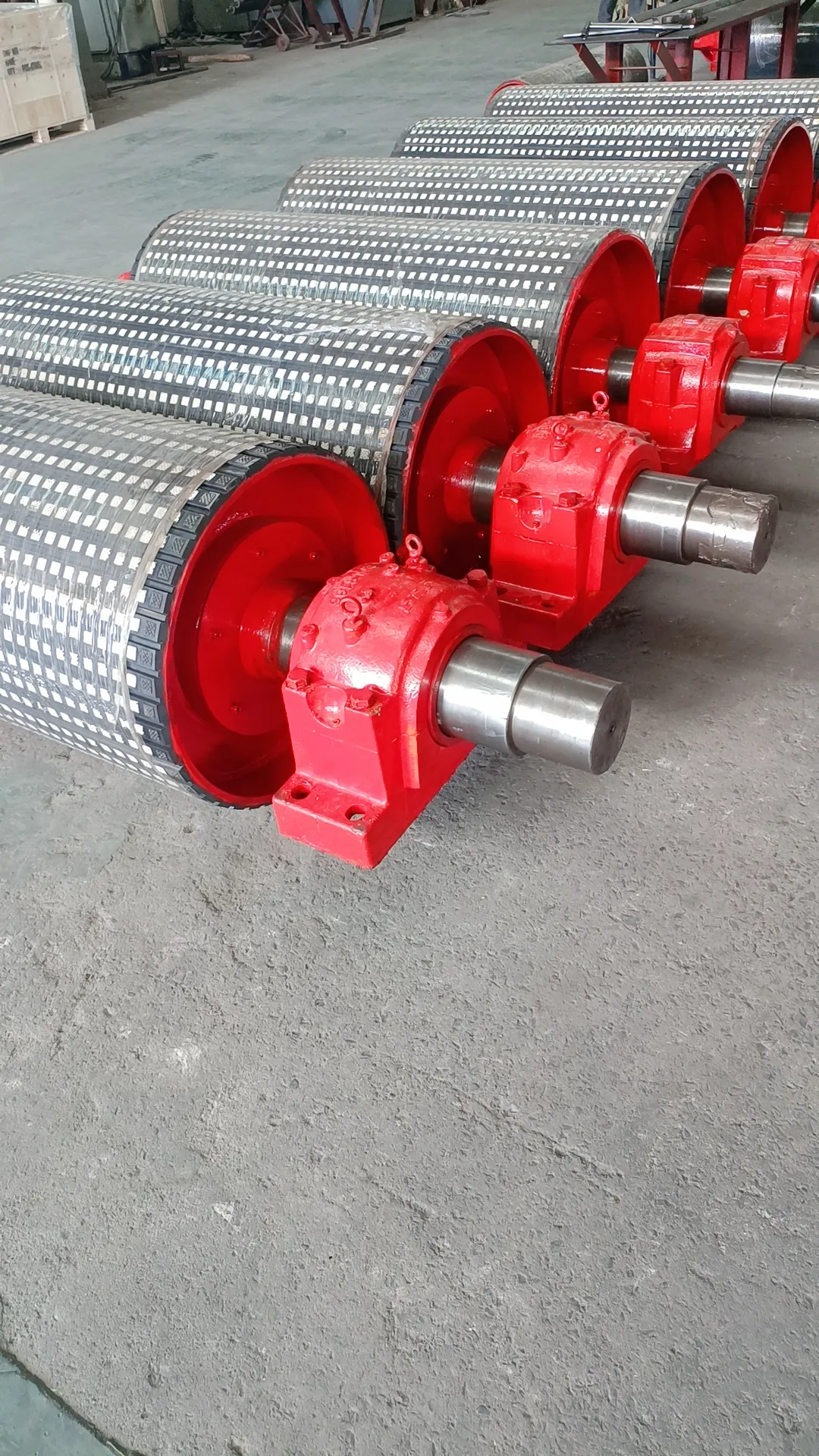 Afrikaans
Afrikaans  Albanian
Albanian  Amharic
Amharic  Arabic
Arabic  Armenian
Armenian  Azerbaijani
Azerbaijani  Basque
Basque  Belarusian
Belarusian  Bengali
Bengali  Bosnian
Bosnian  Bulgarian
Bulgarian  Catalan
Catalan  Cebuano
Cebuano  Corsican
Corsican  Croatian
Croatian  Czech
Czech  Danish
Danish  Dutch
Dutch  English
English  Esperanto
Esperanto  Estonian
Estonian  Finnish
Finnish  French
French  Frisian
Frisian  Galician
Galician  Georgian
Georgian  German
German  Greek
Greek  Gujarati
Gujarati  Haitian Creole
Haitian Creole  hausa
hausa  hawaiian
hawaiian  Hebrew
Hebrew  Hindi
Hindi  Miao
Miao  Hungarian
Hungarian  Icelandic
Icelandic  igbo
igbo  Indonesian
Indonesian  irish
irish  Italian
Italian  Japanese
Japanese  Javanese
Javanese  Kannada
Kannada  kazakh
kazakh  Khmer
Khmer  Rwandese
Rwandese  Korean
Korean  Kurdish
Kurdish  Kyrgyz
Kyrgyz  Lao
Lao  Latin
Latin  Latvian
Latvian  Lithuanian
Lithuanian  Luxembourgish
Luxembourgish  Macedonian
Macedonian  Malgashi
Malgashi  Malay
Malay  Malayalam
Malayalam  Maltese
Maltese  Maori
Maori  Marathi
Marathi  Mongolian
Mongolian  Myanmar
Myanmar  Nepali
Nepali  Norwegian
Norwegian  Norwegian
Norwegian  Occitan
Occitan  Pashto
Pashto  Persian
Persian  Polish
Polish  Portuguese
Portuguese  Punjabi
Punjabi  Romanian
Romanian  Russian
Russian  Samoan
Samoan  Scottish Gaelic
Scottish Gaelic  Serbian
Serbian  Sesotho
Sesotho  Shona
Shona  Sindhi
Sindhi  Sinhala
Sinhala  Slovak
Slovak  Slovenian
Slovenian  Somali
Somali  Spanish
Spanish  Sundanese
Sundanese  Swahili
Swahili  Swedish
Swedish  Tagalog
Tagalog  Tajik
Tajik  Tamil
Tamil  Tatar
Tatar  Telugu
Telugu  Thai
Thai  Turkish
Turkish  Turkmen
Turkmen  Ukrainian
Ukrainian  Urdu
Urdu  Uighur
Uighur  Uzbek
Uzbek  Vietnamese
Vietnamese  Welsh
Welsh  Bantu
Bantu  Yiddish
Yiddish  Yoruba
Yoruba  Zulu
Zulu head pulley and tail pulley
Head Pulley and Tail Pulley Critical Components in Conveyor Systems
In various industries, the efficiency of material handling is paramount. One of the mechanical systems that facilitate this function is the conveyor belt system. Among the various components that make up a conveyor system are the head pulley and tail pulley, which play crucial roles in the operation, efficiency, and safety of the entire assembly.
Head Pulley
The head pulley, often situated at the discharge end of a conveyor system, is the driving force behind the continuous movement of the belt. It is powered by a motor, which can vary in size and capacity depending on the specific application. The head pulley is designed to pull the belt and, in doing so, transport materials from one location to another.
One of the primary functions of the head pulley is to exert tension on the conveyor belt. Proper tension is essential for minimizing wear and tear, preventing slippage, and ensuring a uniform flow of materials. If the tension is too low, the belt may not move efficiently; conversely, excessive tension can lead to premature damage.
Furthermore, the head pulley is often equipped with various surface types to enhance traction. Common coatings include rubber or textured materials, which help grip the belt and improve the transfer of power. A well-designed head pulley will also incorporate features to help discharge materials effectively. For instance, some head pulleys have built-in chutes or plows that guide the materials off the conveyor and into appropriate storage or processing areas.
Tail Pulley
head pulley and tail pulley

At the opposite end of the conveyor system sits the tail pulley. While it may not have the same driving function as the head pulley, the tail pulley is equally important. Its primary role is to return the conveyor belt back to its original position, creating a continuous loop that allows for ongoing material transport.
The tail pulley assists in maintaining proper tension throughout the belt, acting as a counterbalance to the head pulley. In some systems, particularly those that utilize adjustable tail pulleys, this aspect becomes particularly significant. The ability to modify tension at the tail pulley can help accommodate different loads, ensuring that the conveyor operates smoothly under varying conditions.
This component is also crucial for the overall structural integrity of the conveyor system. It helps maintain the alignment of the belt and supports the return path, preventing sagging or misalignment that could result in operational disruptions. Additionally, just like the head pulley, the tail pulley can be fitted with various surface treatments to enhance grip and facilitate the smooth return of the belt.
Maintenance and Considerations
Both head and tail pulleys require regular maintenance to function optimally. Over time, wear and tear can affect their performance, leading to reduced efficiency and increased risk of failure. Inspecting these components for signs of damage, such as cracks or excessive wear on the pulley coating, should be a standard part of a maintenance routine. Additionally, ensuring proper alignment of both pulleys is critical to prevent unnecessary stress on the belt and the entire conveyor system.
Conclusion
In conclusion, head pulleys and tail pulleys are integral components of conveyor belt systems that ensure the smooth and efficient flow of materials in various industries. Understanding their roles and maintaining them effectively can lead to improved operational efficiencies, reduced downtimes, and enhanced safety in material handling processes. Whether in manufacturing, mining, or logistics, recognizing the importance of these components is essential for anyone involved in the design, operation, or maintenance of conveyor systems. With the right attention and care, head and tail pulleys can contribute significantly to the productivity and reliability of industrial operations.
-
Revolutionizing Conveyor Reliability with Advanced Rubber Lagging PulleysNewsJul.22,2025
-
Powering Precision and Durability with Expert Manufacturers of Conveyor ComponentsNewsJul.22,2025
-
Optimizing Conveyor Systems with Advanced Conveyor AccessoriesNewsJul.22,2025
-
Maximize Conveyor Efficiency with Quality Conveyor Idler PulleysNewsJul.22,2025
-
Future-Proof Your Conveyor System with High-Performance Polyurethane RollerNewsJul.22,2025
-
Driving Efficiency Forward with Quality Idlers and RollersNewsJul.22,2025





























